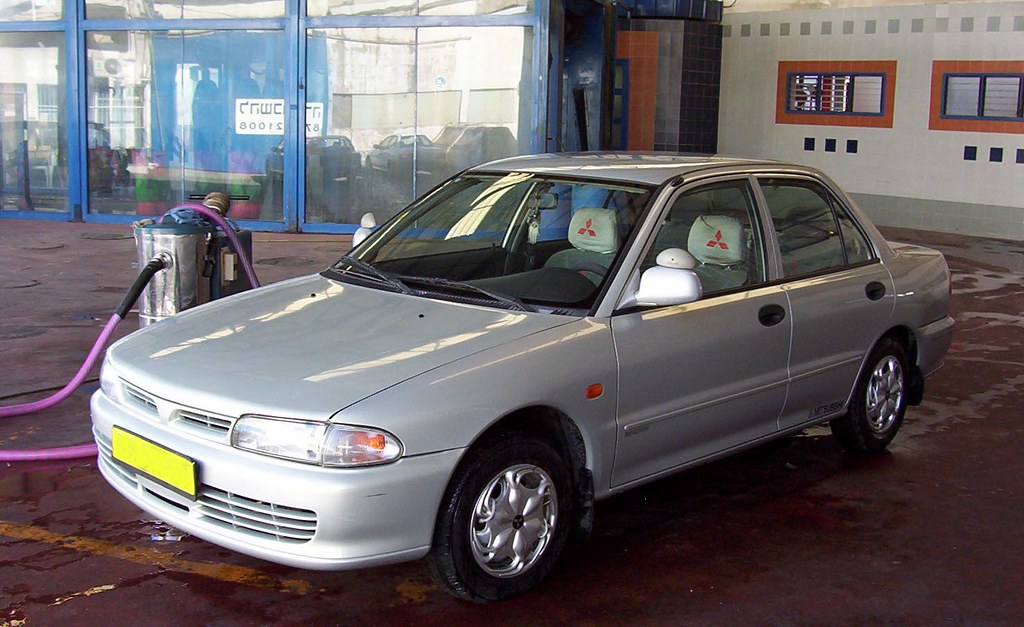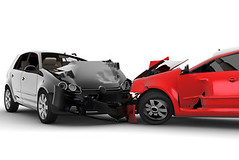
The allure of a performance car is undeniable: the promise of exhilarating drives, responsive handling, and impressive power. However, when you’re venturing into the used car market, that shiny exterior can often conceal a multitude of sins. As the experts at Popular Mechanics often remind us, “Not every used car deal is as good as it looks. A shiny exterior can hide serious problems. If you skip the proper checks, you could be stuck with someone else’s repair bill.”
Navigating the world of pre-owned vehicles requires a keen eye and a methodical approach. This comprehensive guide is designed to empower you with the knowledge to spot critical red flags, transforming you from an eager buyer into a savvy inspector. We’ll delve into the precise indicators that mechanics prioritize, helping you uncover hidden damage, missed maintenance, or significant repairs lurking just beneath the surface.
Our aim is to provide you with a practical, step-by-step framework to assess a used performance car’s overall condition. From the tell-tale signs of structural corrosion to the subtle hints of engine distress and the glaring evidence of past collisions, understanding these warnings is paramount. By the end of this journey, you’ll be better equipped to distinguish a reliable ride from a potential money pit, ensuring your investment is sound and your peace of mind intact.
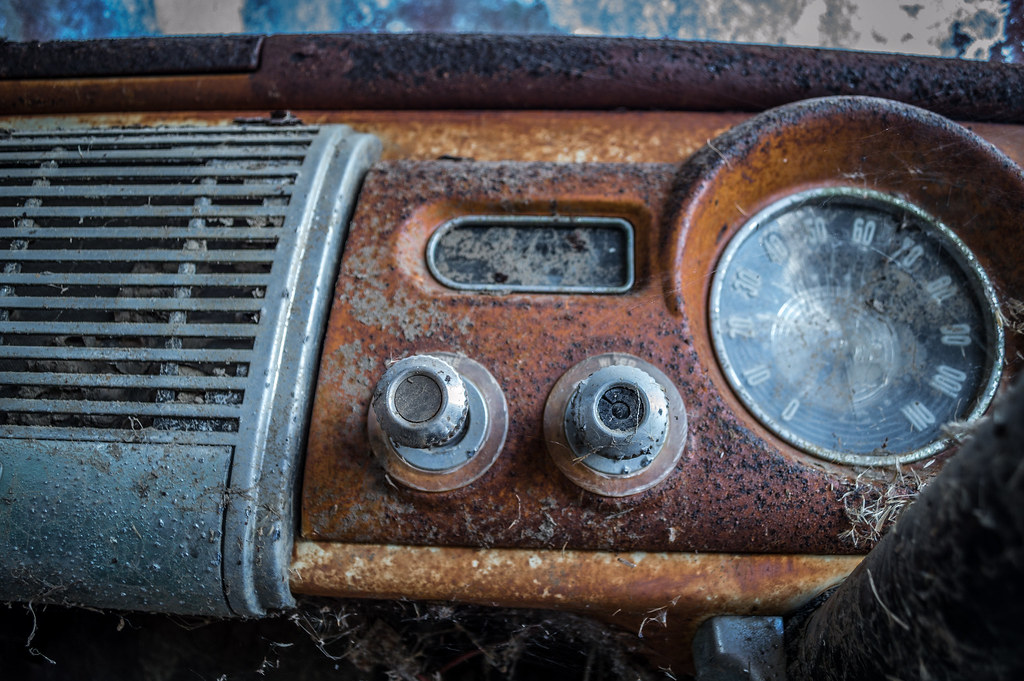
1. **Rust and Corrosion**Rust is far more than a cosmetic blemish; it stands as one of the most serious issues a used car can harbor. It relentlessly eats away at the metal, gradually weakening the entire structure of the vehicle. This insidious process can compromise safety and lead to catastrophic failures if left unaddressed, particularly in a performance vehicle where structural integrity is paramount.
When inspecting for rust, mechanics meticulously check critical areas such as the wheel wells, frame, and undercarriage. These locations bear the brunt of environmental exposure from road salt, moisture, and abrasive debris. It’s also vital to look in less obvious spots, including under floor mats or deep inside the trunk, where moisture can accumulate unnoticed for extended periods.
It’s crucial to differentiate between minor surface rust and pervasive, deeper corrosion. While a touch of surface oxidation might be manageable, extensive corrosion poses a significant threat. Such damage can directly impact vital components like the suspension mounts, brake lines, or even the fuel system, jeopardizing both performance and safety.
Advanced rust remediation is notoriously expensive, often costing more than the car’s worth if extensive. It also severely shortens a vehicle’s lifespan and drastically diminishes its resale value. As the experts advise, “If you see more than a little rust, walk away.” A practical pro tip: “Press gently on rusted areas with a screwdriver. If the metal feels soft or flakes away, it’s a sign of significant corrosion that may require costly repairs.”
Read more about: Keep Your Ride Running: The Top 12 Reliable Used Car Part Brands for DIY Enthusiasts

2. **Uneven Tire Wear & Suspension Problems**Your vehicle’s tires are a window into its overall health, and uneven wear patterns are often a clear indicator of deeper mechanical issues. Irregular tread wear can point to problems like poor wheel alignment, worn suspension components, or even subtle frame damage from a past incident. Mechanics meticulously examine tread patterns to decipher these hidden messages.
Beyond just the wear, also scrutinize the tires themselves. Ensure they match in brand, size, and age across all four corners. Mismatched tires or evidence of cheap, hastily installed replacements can be a red flag, suggesting that the previous owner might have cut corners on proper maintenance. While seemingly minor, tires can indeed reveal a significant part of a car’s story.
Closely tied to tire health is the condition of the suspension system, which is pivotal for how a performance car drives, feels, and responds. The suspension directly influences ride comfort, steering precision, and, critically, overall safety. Any compromises here can undermine the very essence of a performance vehicle’s appeal.
Inspect for tell-tale signs of suspension issues, such as an uneven ride height, distinct clunking noises when traversing bumps, or excessive bouncing after going over an imperfection in the road. These symptoms frequently indicate worn shocks, struts, or springs, components that are fundamental to stability and handling. The context notes that a “Bouncy Ride: Worn shocks/struts cost 300–800 to fix,” highlighting the potential financial impact.
Replacing suspension components can be costly, and their poor condition often hints at a history of neglected upkeep. During your test drive, make a point to navigate over various road surfaces to truly assess how the car handles. A smooth, steady, and controlled ride is an absolute necessity for any truly reliable and enjoyable performance vehicle.
Read more about: Unveiling Automotive Endurance: The 10 Imported Models Most Likely to Clock 250,000 Miles
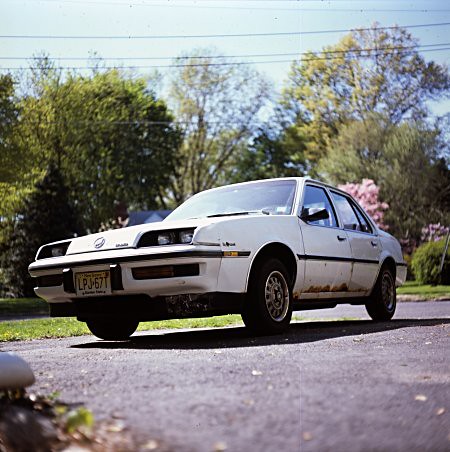
3. **Leaking Fluids**Any sight of fluid leaks around or under a used car immediately signals trouble. Whether it’s oil, coolant, brake fluid, or transmission fluid on the ground, these drips are unambiguous indicators that something is amiss beneath the hood. Such leaks are not just messy; they represent potential damage to critical systems.
Mechanics meticulously inspect the area where the car has been parked, searching for stains, active drips, or wet spots directly under the engine and around the various hoses. Furthermore, they pay close attention to any unusual odors that might suggest issues like overheating or the burning of fluids, providing an olfactory clue to mechanical distress. The context explicitly notes, “Smell It: Sweet odor = coolant; burnt smell = oil.”
Even seemingly minor leaks can rapidly escalate into significant, expensive repairs. Ignoring these warnings could precipitate severe engine damage, lead to catastrophic brake failure, or cause irreparable transmission trouble. The context warns that “Oil leaks often indicate worn-out seals or gaskets, which can be expensive to replace.”
Therefore, it is imperative to take all fluid leaks seriously, no matter their apparent size. They are vital diagnostics that signal underlying problems requiring immediate investigation. Addressing these early can prevent a small issue from becoming a financially devastating mechanical breakdown.
Read more about: The Savvy Driver’s Guide: 11 Common Car Repairs Mechanics Recommend That You Likely Don’t Need
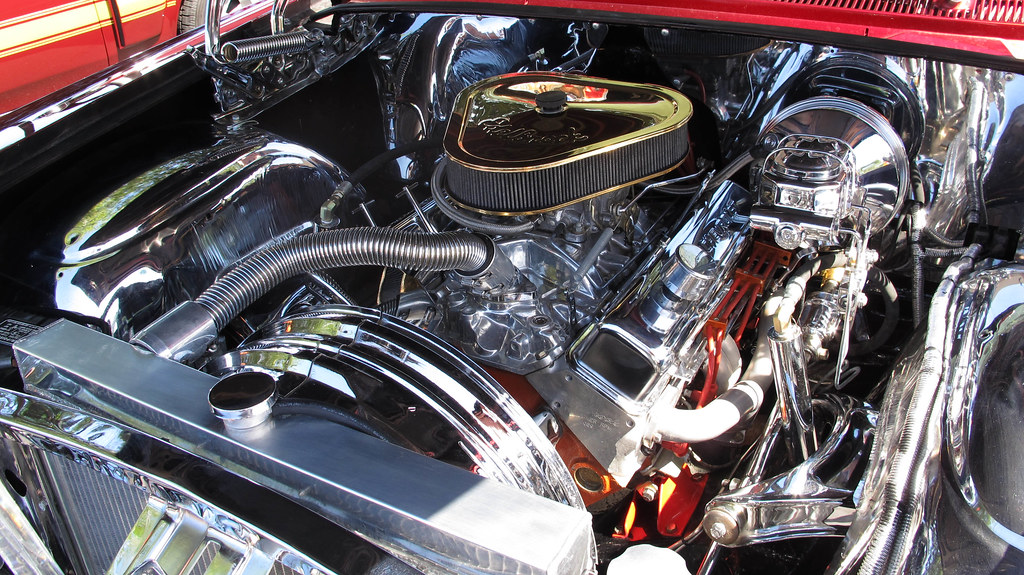
4. **Engine Noise & Smoke on Startup**The engine of a performance car should sing a smooth, consistent tune. Therefore, it is absolutely essential to listen intently for any abnormal knocking, persistent ticking, or disturbing rattling sounds when you first start the car. Such noises are not just annoying; they can point directly to internal engine wear or damage that might not become immediately obvious during a brief test drive.
Seasoned mechanics recognize that a smooth, steady idle is a hallmark of a healthy engine. Conversely, irregular or unsettling noises could indicate serious underlying issues. These might include trouble with the timing chain, critically worn bearings, or various other costly internal problems. As a clear warning from the context states, “Engine Knocking: Potential rod bearing failure” is a severe possibility.
Beyond auditory clues, a visual inspection for smoke on startup provides equally critical information. “A puff of smoke when starting the engine can tell you a lot,” as the context highlights. Blue or gray smoke typically signals that the engine is burning oil, indicating worn piston rings or valve seals. White smoke, on the other hand, often suggests a coolant leak, potentially pointing to a failing head gasket or a cracked block.
Mechanics are acutely aware that these smoke signals are easy to overlook during a cursory inspection, making it crucial for buyers to be vigilant. Any visible smoke, particularly from a cold start, should be considered a major red flag that could necessitate extensive and expensive engine repairs. If something sounds or looks off, never guess; always seek a professional diagnosis before proceeding. Catching these engine problems early can protect you from immense financial burden.
Read more about: 12 Essential Checks to Determine if Your Engine is Burning Too Much Oil

5. **Faulty Brakes**When it comes to vehicle safety, the braking system is unequivocally one of the most critical features on any car, and especially on a performance model where rapid deceleration is often paramount. Worn brake pads, warped rotors, or damaged calipers can significantly compromise the vehicle’s stopping power and overall control, posing a direct threat to safety.
During an inspection, mechanics rigorously check for thinning brake pads and uneven rotor wear, which are primary indicators of a system under stress or neglect. When conducting a test drive, pay close attention to any squeaking, grinding, or scraping sounds that emanate when you apply the brakes. These noises are not mere annoyances; they are explicit warnings from the system.
The context provides critical insights into these sounds: “Squealing typically indicates that the brake pads are nearing the end of their lifespan, while grinding suggests more serious damage, like metal-on-metal contact.” Additionally, a spongy brake pedal or an inconsistent stopping power also unequivocally points to trouble within the braking hydraulics or components, demanding immediate investigation.
While brake repairs can certainly be an expensive undertaking, the overriding concern is always safety. Ensuring that the entire braking system is functioning flawlessly and responsively is non-negotiable before you commit to purchasing any vehicle. Never compromise on brake integrity; your safety and the safety of others depend on it.
Read more about: Navigating the ‘Worst’: A Deep Dive into Product Recalls and Safety Standards
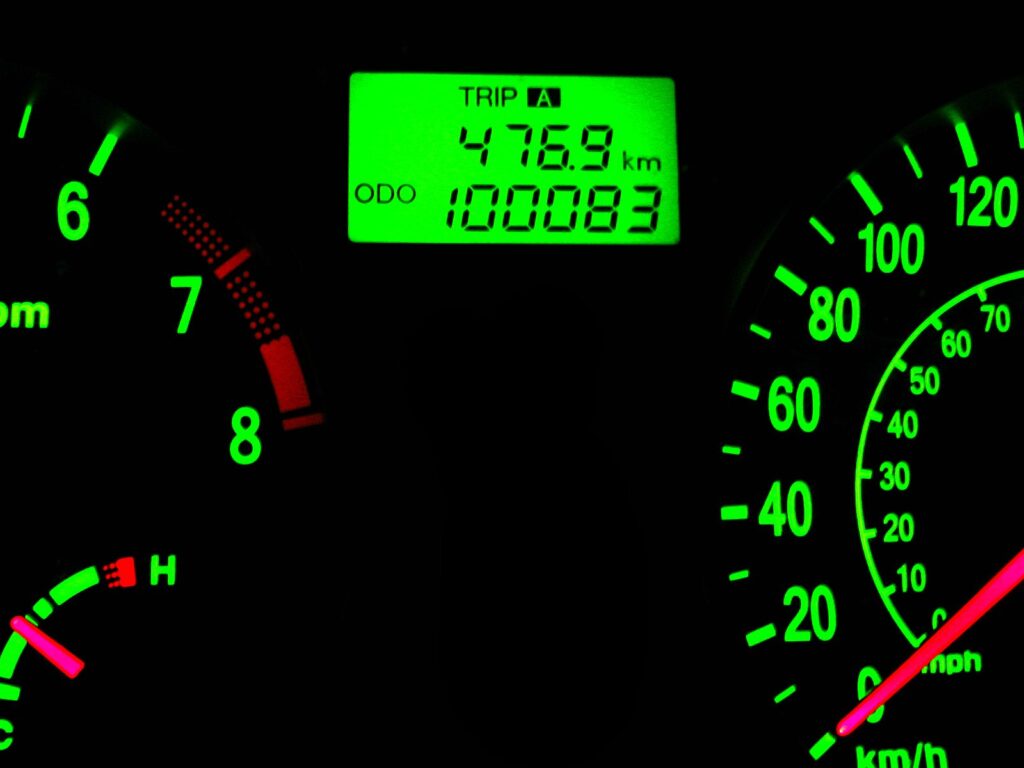
6. **Check Engine Light (CEL)**The illuminated check engine light on the dashboard is perhaps the most universally recognized warning signal a vehicle can present. It can signify a vast array of issues, ranging from something as relatively simple as a faulty oxygen sensor to far more complex and serious internal engine troubles. For mechanics, it is consistently one of the very first indicators they examine during any thorough inspection.
Professionals utilize a diagnostic scanner to retrieve stored error codes, which are essential for pinpointing the exact problem that triggered the alert. If this light is currently illuminated, or if there’s any suspicion that it has been recently reset to temporarily hide an issue, it serves as a powerful reason to proceed with extreme caution. The context explicitly highlights the severity, noting that a CEL “Could indicate costly issues like catalytic converter failure”—a repair that often runs into thousands of dollars.
Crucially, never simply rely on a seller’s verbal explanation for why the check engine light is or was on. Always insist on having the issue properly diagnosed and confirmed by a trusted professional. A truly healthy and reliable engine is absolutely essential for the long-term dependability and value of any used vehicle.
To empower yourself, consider investing in a personal diagnostic tool. The context suggests, “Use an OBD2 scanner (e.g., BlueDriver, $99) to read codes before buying.” This proactive step allows you to gain an independent understanding of the underlying fault codes, giving you vital leverage and information before making a purchasing decision.
Read more about: Buyer Beware: 10 Flashy Coupes and Sedans That Turn into Bottomless Money Pits Past 80,000 Miles

7. **Poor Body Repairs, Mismatched Paint, & Uneven Panel Gaps**Evidence of sloppy bodywork is a potent indicator that a car has likely been involved in a serious accident. Mechanics are trained to identify tell-tale signs such as mismatched paint shades between panels, inconsistent or uneven gaps where body panels meet, and the presence of overspray around the edges of trim or non-painted components. These flaws are not just minor cosmetic concerns; they can betray underlying frame damage or rushed, substandard repairs that severely compromise the car’s structural integrity and inherent safety.
Begin your inspection by meticulously examining the paint finish from various angles and under diverse lighting conditions. Pay particular attention to areas surrounding the doors, fenders, roof, and bumpers. Look for noticeable discrepancies in paint color between different body panels, a rough, dimpled “orange peel” texture on the surface, or clear signs of overspray on rubber trim, lights, or mirrors. These details often scream amateur repair.
Next, critically assess the alignment of all body panels, including the doors, bonnet, and boot lid. Check for gaps that are visibly wider on one side than the other, or areas where panels appear to be misaligned. Furthermore, test the doors: do they open and close smoothly, or do they require extra force, sticking, or rubbing? Misaligned seams where the bonnet, boot, or bumpers meet the fenders are equally important indicators.
Uneven panel gaps are almost always a direct consequence of previous collision damage. After an accident, it’s challenging, and often costly, to restore a car’s alignment to factory precision. Such imperfect repairs can adversely affect the vehicle’s handling, wheel alignment, and overall safety. If you notice wider gaps on one side but not the other, it could even suggest a bent frame, an issue that is both notoriously difficult and exceptionally expensive to rectify.
To investigate further, “Run your fingers along the seams where panels meet. If you feel a ‘step’ where one panel is higher than the other, it could indicate the frame is out of alignment. Request a copy of the vehicle’s repair history for further assurance.” Moreover, “Run a magnet over the body—it won’t stick to filler material,” helping detect areas where dents have been hidden with body filler rather than proper panel replacement. If something looks or feels amiss, it almost certainly is. Always have a qualified professional conduct a closer inspection before committing to a purchase, as a significant past accident can drastically diminish the car’s value and inflate your future repair costs.
Building on the physical assessment, this section guides you through detecting more subtle red flags, suspicious seller tactics, and critical information hidden within vehicle history reports. We’ll explore everything from odometer discrepancies to transmission health and past flood damage, empowering you to make a fully informed decision.
Read more about: Don’t Get Scammed: Your Essential Guide to Uncovering a Used Car’s Hidden Salvage Title History
8. **Unusual Smells**The sensory experience of a car extends beyond sight or sound; often, your nose can be a powerful diagnostic tool. Subtle, yet distinct, odors emanating from a vehicle provide crucial clues about its health and history, pointing to problems that might otherwise remain unseen. A quick “sniff test,” as practiced by seasoned mechanics, guides you to areas demanding closer scrutiny, transforming an unnoticed scent into a critical warning.
A burnt odor, for instance, is an unambiguous red flag that should never be ignored. This particular smell typically signals serious mechanical distress, such as an engine that is overheating, belts that are slipping excessively, or critical electrical problems developing within the system. Understanding these olfactory warnings is pivotal in preventing you from overlooking issues that could rapidly escalate into profoundly expensive repairs or pose significant safety hazards.
Beyond a burnt smell, a musty odor inside the cabin, particularly noticeable when windows have been closed, often signifies persistent water leaks or undetected mold buildup. Conversely, a “sweet odor” from the engine bay, as experts highlight, indicates leaking coolant. Each unique smell tells part of the car’s story; keep your senses acutely alert during your inspection and test drive, as strange odors are often the earliest heralds of hidden damage or future repair costs.
Read more about: Spill the Tea! The 14 Most Jaw-Dropping Revelations from Celebrity Tell-All Biographies That Broke the Internet
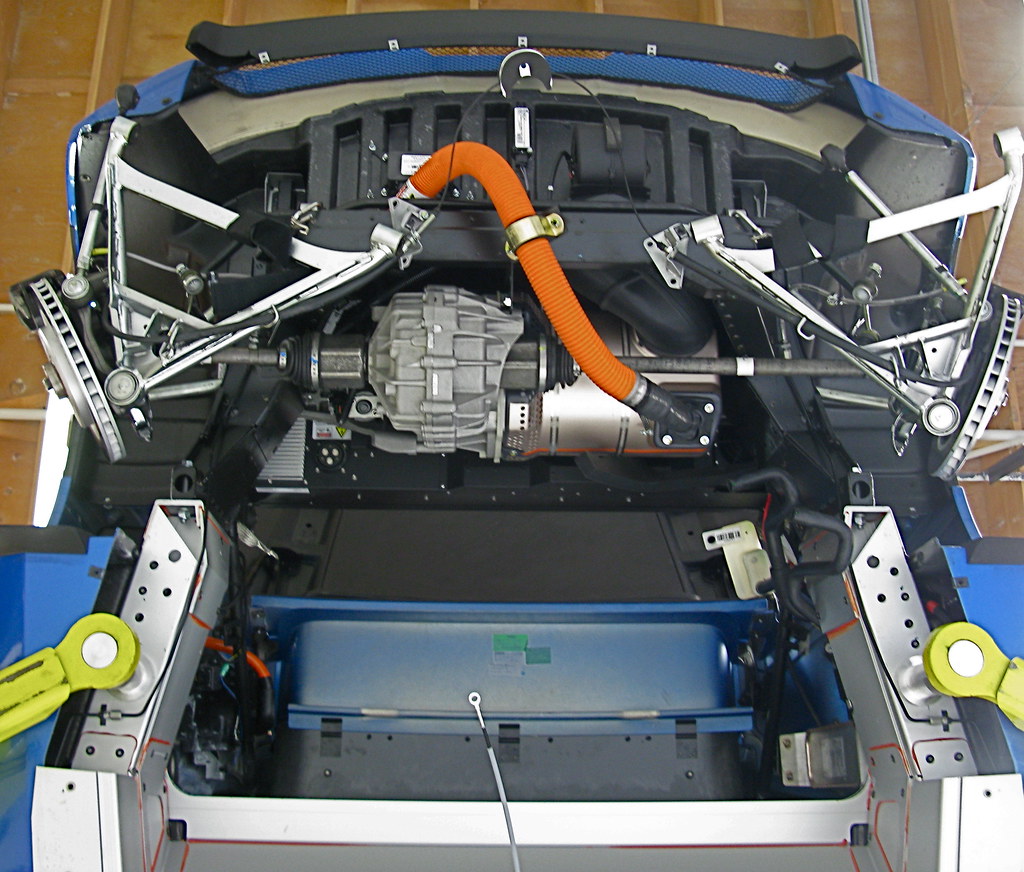
9. **Electrical Issues**In a modern performance car, the electrical system functions as the vehicle’s intricate nervous system, governing everything from engine ignition to infotainment displays. Problems within this complex network can cause more than mere inconvenience; they often lead to unexpectedly expensive repairs and can critically compromise essential functions that impact both driving experience and safety. Identifying these issues early is a pivotal step for any savvy used car buyer.
Seasoned mechanics perform a comprehensive check, ensuring all electrical components operate as they should. This involves evaluating exterior and interior lighting, power windows, door locks, and even power mirrors and climate control systems. Any flickering lights, sluggish power window motors, unresponsive buttons, or inconsistent behavior from infotainment systems are immediate and undeniable indicators of potential trouble brewing within the electrical architecture.
These symptoms frequently stem from underlying faults such as damaged wiring, a weakening battery, or a failing alternator. Electrical issues can be particularly insidious because they are often intermittent and hard to diagnose. Before finalizing any purchase, it is imperative to thoroughly verify that every single electronic function works smoothly and reliably, as neglecting this can lead to significant frustration and unexpected financial outlays down the line.
Read more about: Avoid the Pitfalls: The 14 Most Common Mistakes People Make When Installing Aftermarket Car Stereo Systems

10. **Transmission Issues**Among the most daunting and financially burdensome problems a used car can harbor are those related to its transmission system. These critical components are integral to a vehicle’s performance, meticulously determining how engine power is delivered to the wheels, and any significant issues here typically necessitate major, complex repairs or, in worst-case scenarios, a complete and prohibitively costly replacement. Given this, an exceptionally high level of vigilance during the test drive is paramount.
During your test drive, it is absolutely essential to pay meticulous attention to how the car changes gears. A healthy transmission should execute shifts smoothly, almost imperceptibly, without any discernible hesitation, jarring jerking, or disturbing grinding noises when gears engage. Any sensation of resistance, abrupt movements, or audible complaints during shifting is a clear and unequivocal indicator of internal trouble. Similarly, gears that slip out of engagement without warning or noticeable delays in shifting are critical red flags.
An important step is to diligently inquire about the car’s transmission service history. Regular maintenance, including timely fluid changes, is vital for longevity. If there is any doubt whatsoever regarding the transmission’s current health, or if the seller is unable to provide verifiable service records, it is always a wise decision to have a professional transmission specialist conduct a thorough, independent inspection. These problems rarely offer “minor fixes” and are essential for long-term reliability.
Read more about: Mastering the Road Ahead: 10 Essential Lawyer Strategies for Contesting Speeding Tickets in Court
11. **Mismatched Paint or Trim Codes**While easily observable visual cues, such as uneven panel gaps or obvious paint differences, are important for an initial assessment, delving deeper into a vehicle’s specific identification codes can uncover more subtle yet equally critical “hidden issues.” The factory labels meticulously affixed to a car contain specific alphanumeric codes for its original paint color and interior trim specifications, serving as an immutable record of its factory-original characteristics.
Experienced mechanics routinely check these vital codes, typically found inside the driver’s door jamb or within the glove box compartment. Their primary purpose is to identify any discrepancies or significant changes that might signal undisclosed collision repairs or unauthorized part replacements. If the paint you visually perceive on the car doesn’t precisely align with the listed paint code, or if the interior trim codes suggest a different upholstery, it’s a strong indication of alterations.
A car that has undergone such significant cosmetic changes—being repainted or reupholstered—without full and transparent disclosure from the seller could very well be concealing a more troubled history that they are reluctant to share. These “mismatched codes” are subtle but undeniably essential warning signs that warrant further, in-depth investigation from a trusted professional, revealing potential problems not immediately obvious to the untrained eye.
Read more about: The Hidden Costs of Cheap Car Accessories: A Consumer Reports Guide to Smart Upgrades

12. **Worn Pedals or Steering Wheel**When evaluating a used car, the visible wear on key interior components can speak volumes about its true history and actual mileage, often providing a more honest narrative than the odometer itself. The condition of the accelerator, brake, and clutch pedals, the steering wheel, and even the driver’s seat should always correspond logically and proportionately with the mileage displayed on the dashboard. Any significant discrepancy here is an immediate and critical red flag that could signal an odometer rollback or the deceptive installation of a replacement instrument cluster.
Experienced mechanics are specifically trained to identify uneven wear patterns, the noticeable absence of original texture on the pedals, or distinct tears and significant degradation in the leather or material of the steering wheel. Such pronounced signs of heavy, prolonged use, particularly in a vehicle with ostensibly low odometer readings, invariably raise serious questions about the car’s authenticity, its past care, and the veracity of the seller’s claims. These inconsistencies demand a thorough investigation into the vehicle’s historical records.
Odometer fraud remains a particularly insidious and pervasive concern in the used car market, with the National Highway Traffic Administration (NHTSA) estimating that “1.9 million cars have tampered odometers yearly.” Beyond just meticulously checking the physical wear on these components, it is absolutely crucial to rigorously compare the reported mileage with any available service records or vehicle history reports. If the interior wear and tear simply doesn’t align with the displayed mileage, it’s a powerful indicator that the car’s true history is being deliberately obscured, potentially exposing you to significant financial risk.
Read more about: Unlock Significant Savings: 15 Simple DIY Car Fixes That Shield You from Costly Repair Bills

13. **Signs of Past Flood Damage**Flood damage is unequivocally one of the most insidious and long-lasting problems a used car can experience, often leading to a relentless cascade of difficult-to-detect issues. Even if a vehicle appears to drive normally after being exposed, the pervasive and corrosive effects of water can manifest much later, causing extensive damage to almost every component. This makes identifying the subtle yet critical signs of past water infiltration absolutely paramount during your inspection.
Experienced mechanics are exceptionally adept at spotting the hidden, tell-tale indicators that betray a vehicle’s history of water exposure. Key areas to meticulously examine include visible corrosion on electrical connectors, a lingering musty odor that persists despite cleaning efforts, foggy headlights or taillights from trapped moisture, and distinct water lines visible in concealed areas like the trunk, under the seats, or within the depths of the engine bay. Additionally, if the carpet appears unusually new for the car’s age, it could be a deliberate attempt to conceal previous water damage.
Moreover, a diligent check of a vehicle history report is crucial, as “If the CarFax report shows any signs of water damage, there’s a good chance you’ll run into issues down the road.” The context further emphasizes, “The most common water-damage related issues are electrical problems, since moisture getting into electronics quickly ruins them.” A vehicle history report mentioning “water damage” or a “salvage title” due to flood is, therefore, a definitive and non-negotiable reason to walk away.
**Protect Your Investment**
Read more about: Unlock Safer Roads: 14 Simple Driving Habits That Can Slash Your Accident Risk by Over 40%
Equipped with this comprehensive guide, you’re now ready to approach the used performance car market not as a hopeful novice, but as an informed, vigilant inspector. Remember, the goal is not just to find a car, but to secure a reliable investment that brings joy, not endless repair bills. By systematically applying these 14 expert-backed steps—from the initial visual checks to the deep dive into vehicle history—you empower yourself to spot major red flags, negotiate with confidence, and ultimately drive away with a performance vehicle that truly lives up to its promise. Your due diligence now is the strongest guarantee of peace of mind on the road ahead.

